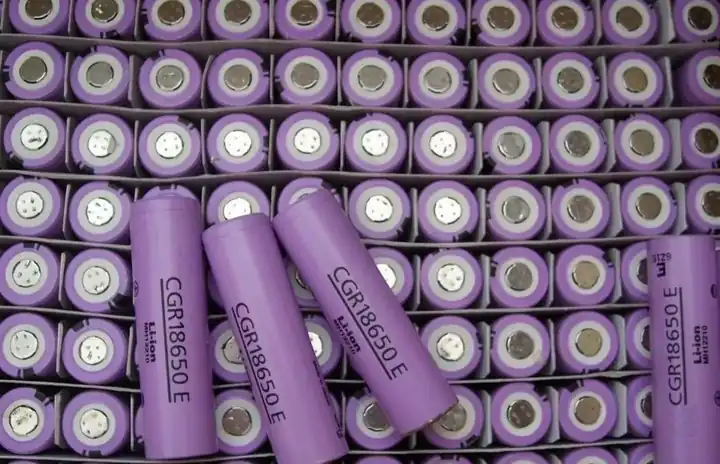Nano magnesium hydroxide mainly improves the cycle life of lithium cobalt oxide batteries through the following mechanisms:

Suppressing side reactions
Absorbing moisture:
The moisture in lithium cobalt oxide batteries will react with electrolytes and other substances to generate harmful products such as hydrofluoric acid, corrode electrode materials, and affect battery performance and cycle life. Nano magnesium hydroxide has good water absorption and can effectively absorb trace moisture inside the battery, reduce side reactions caused by moisture, and thus extend the battery cycle life.
Neutralize acidic substances:
During the charge and discharge process of the battery, the electrolyte will decompose to produce acidic substances, such as hydrofluoric acid. Nano magnesium hydroxide is an alkaline substance that can react with these acidic substances to reduce the acidic environment inside the battery, slow down the corrosion of electrode materials, maintain the stability of the chemical environment inside the battery, and thus improve the cycle life of the battery.
Stabilize the electrode structure
Enhance the stability of electrode materials:
Nano magnesium hydroxide can interact with the active sites on the surface of lithium cobalt oxide electrode materials to form a stable interface layer. This interface layer can prevent the structural changes and lattice distortion of the electrode material during the charge and discharge process, maintain the crystal structure integrity of the electrode material, and enable the battery to maintain good charge and discharge performance after multiple cycles, thereby extending the cycle life.
Inhibit the growth of lithium dendrites:
During the charge and discharge process of the battery, the uneven deposition of lithium ions on the electrode surface will lead to the growth of lithium dendrites. Lithium dendrites may pierce the diaphragm, causing a short circuit inside the battery, seriously affecting the cycle life and safety of the battery. Nano magnesium hydroxide can regulate the deposition behavior of lithium ions through its special physical and chemical properties, so that lithium ions are more evenly deposited on the electrode surface, inhibiting the growth of lithium dendrites, thereby improving the cycle stability and cycle life of the battery.
Improve the internal environment of the battery
Improve ion conductivity:
Nano magnesium hydroxide has high ion conductivity. After being added to lithium cobalt oxide batteries, it can form a good ion transmission channel between the electrode material and the electrolyte, improve the transmission efficiency of lithium ions inside the battery, make the migration of lithium ions smoother during the charging and discharging process of the battery, and reduce the battery polarization phenomenon caused by poor ion transmission, thereby improving the battery’s cycle performance and cycle life.
Enhance battery thermal stability:
Nano magnesium hydroxide can play a certain role in thermal stability inside the battery. During the battery charging and discharging process, especially at high rate charging and discharging or high temperature environment, the battery will generate heat, which may cause the internal temperature of the battery to rise, accelerate battery aging and performance degradation. Nano magnesium hydroxide can absorb and dissipate part of the heat, reduce the temperature gradient inside the battery, improve the thermal stability of the battery, reduce the battery performance degradation caused by thermal effects, and thus extend the battery’s cycle life.
